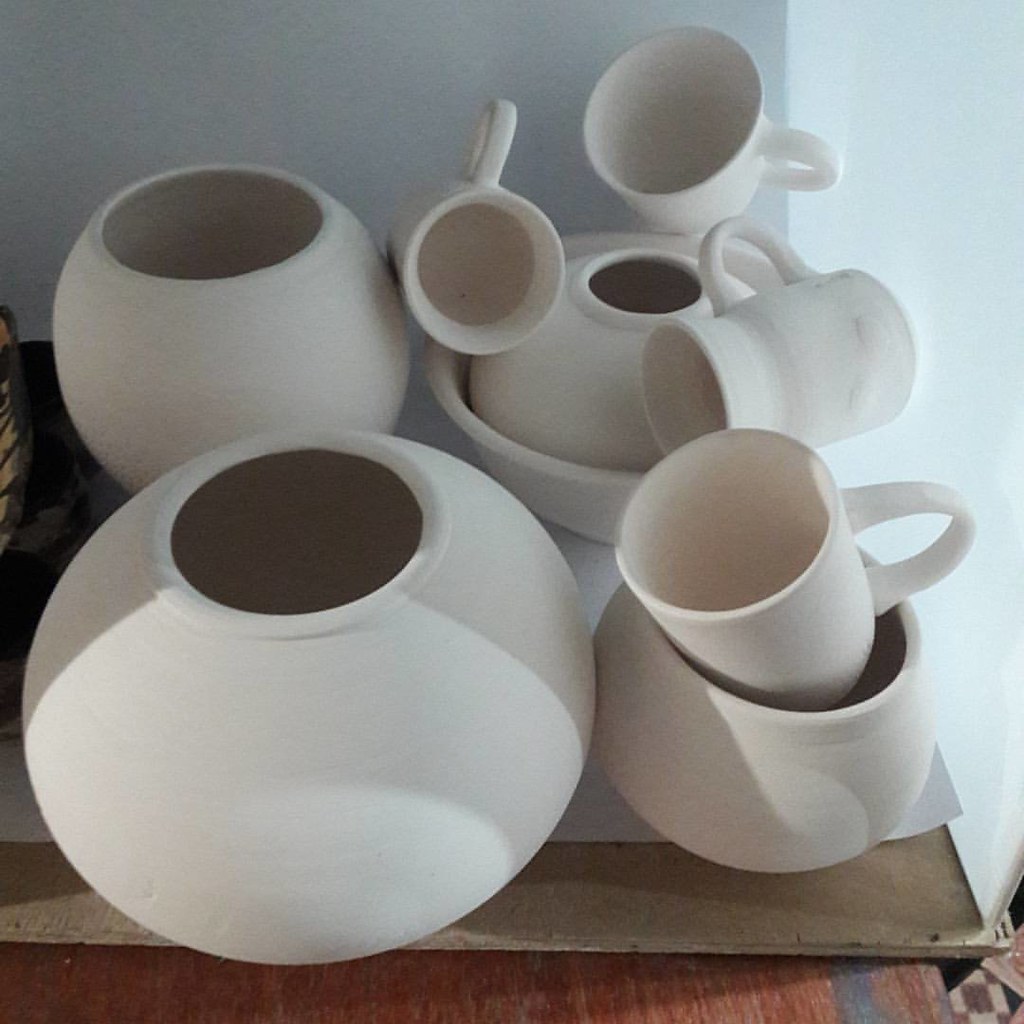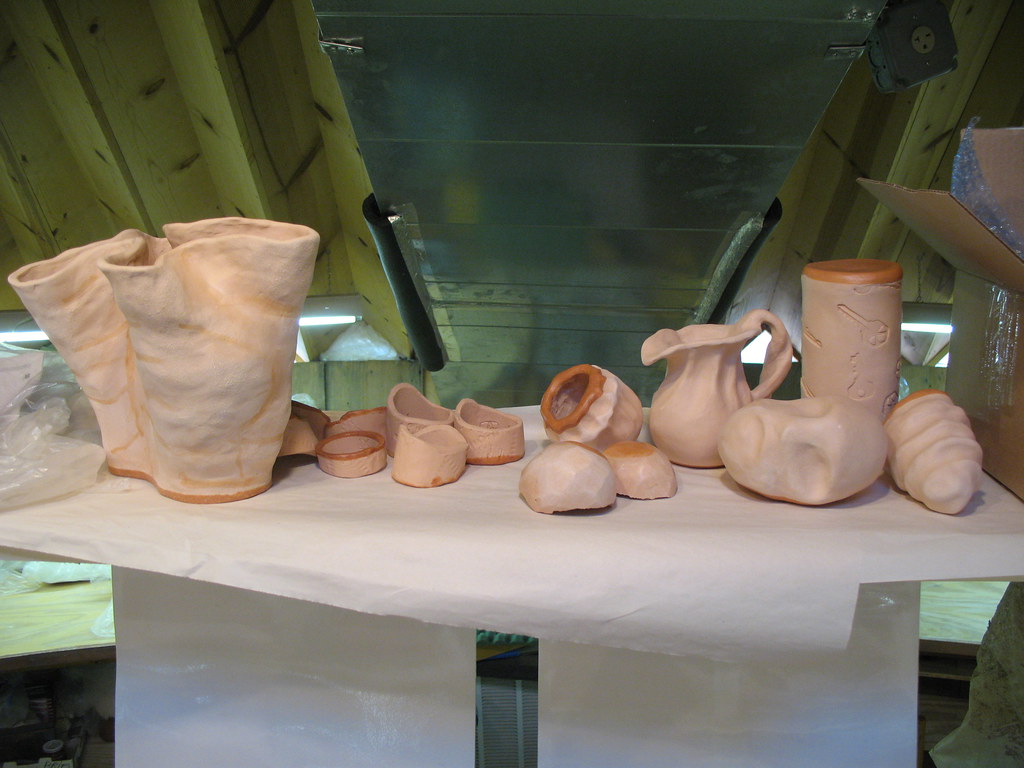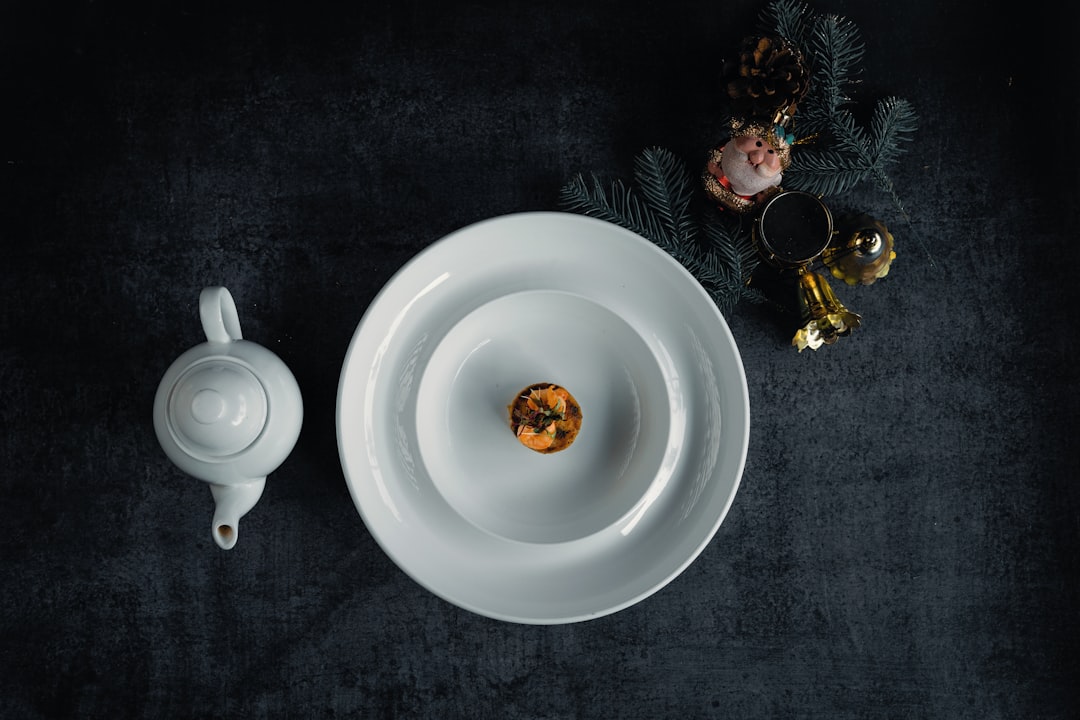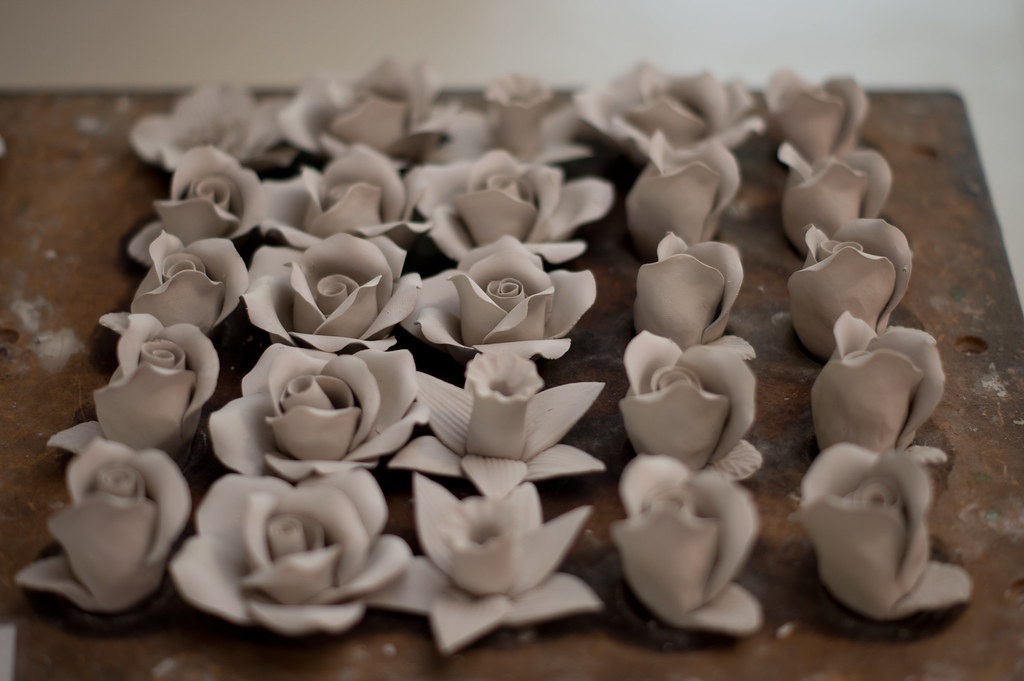In the world of ceramics, understanding the bisqueware clay definition is crucial, as it refers to pottery that has undergone the initial firing process, effectively transforming moist clay into a durable yet porous ceramic material. This stage, often termed the bisque stage, involves the removal of chemically bonded water and fusion of clay particles through intense heat, laying the groundwork for the final touches of glazing and decoration. As bisqueware clay absorbs glazes well due to its porous nature, it becomes a pivotal canvas for ceramic artists, bridging the gap between clay’s raw form and its polished, finished state. For a comprehensive understanding of bisqueware in ceramics, additional resources can be quite enlightening.

| Process | Description |
|---|---|
| Bisque Firing | The first firing of clay, reaching temperatures between 1720 to 1835 degrees F, expels moisture and carbon, solidifying the piece. |
| Porosity | Post-firing, the bisqueware remains porous, making it adept at absorbing glaze, necessary for further decorative processes. |
| Glazing | After bisque firing, a glaze is applied to seal the surface; this step ensures the pottery is water-safe post the glaze firing process. |
The Essential Role of Bisque Firing in Pottery Making
At its heart, the bisque firing process is a transformative journey for clay, altering its state to something more durable and versatile. Imagine clay as a soft sponge that, once fired at high temperatures—typically between 1636° to 2052° Fahrenheit—becomes a more solid, absorbent version of itself. This stage not only hardens the clay but makes it porous enough to prepare for glazing. The magic here is in the details: through meticulous heating and cooling, any moisture or carbon inside the clay is expelled, fusing the particles into a stable matrix.

This first firing, often referred to as a kiln dance of heat and patience, ensures the piece is strong yet retains its ability to absorb glaze effectively. For insights into the significance of this stage, you may find detailed perspectives in bisque-ware resources.
Why Porosity Matters
Porosity in bisqueware might seem like a flaw at first glance, but it’s precisely this trait that makes it invaluable in ceramics. As an artist or potter, you want your piece to soak in the glaze accurately, ensuring an even, beautiful finish once fired again. Imagine trying to paint on a sheet of glass compared to a piece of paper; the latter’s texture is crucial for proper adherence, much like the porous nature of bisqueware.

It’s this porosity that differentiates bisqueware from more vitreous ceramics like porcelain, allowing for the versatility of decoration—from elaborate glazing to simple underglaze designs that pop. But remember, unglazed bisqueware serving purely decorative purposes can be painted with acrylics and kept dry without further firing.
The Importance of Correct Bisque Temperatures
The temperature at which bisque firing occurs can influence the clay’s final properties significantly. It is paramount that the kiln is heated slowly and cooled down just as carefully to prevent any fractures or defects. A properly controlled firing schedule ensures that your bisque pieces mature correctly, avoiding pesky issues like crazing or cracking in future stages.

Temperature adjustments during this stage can also be strategically employed to control the final product’s porosity, addressing specific needs for glazing or even saving energy. It’s an art form within itself, one that requires keen observation and understanding of ceramic behavior at various heat levels.
Creative Applications: From Function to Form
Once bisqueware has been prepared, the options become almost limitless. You have the freedom to apply a myriad of glazes, each offering different finishes and functionalities, or even opt for a matte, delicate finish like that of bisque porcelain, which resembles smooth marble. The choice can transform a rudimentary piece of clay into something worthy of display or daily use.

For those interested in purely decorative options, bisque allows for an array of surface treatments beyond traditional glazing. Artists like George Ohr have even utilized bisqueware’s natural aesthetics, mixing clays to create unique, swirling patterns that don’t require further embellishment.
How do you use your bisqueware? Do you have a favorite glaze technique or firing trick that ensures optimal results? Share your insights and let’s delve deeper into the endless possibilities that bisqueware offers! Explore more recent topics and discussions on ceramics and related arts.
Surprising Science: 🫖 What is Biscuit Pottery?
In the world of ceramics, understanding the bisqueware clay definition is crucial, as it refers to pottery that has undergone the initial firing process, effectively transforming moist clay into a durable yet porous ceramic material. To gain a deeper insight into this process, check out the YouTube video “Surprising Science: 🫖 What is Biscuit Pottery?” by Potteries Author – David W. Smith, OBE, where they explore bisqueware on the Middleport Pottery Factory tour guided by John.
What is bisqueware clay?
Bisqueware, sometimes called biscuit ware, is pottery that’s been fired once in a kiln but hasn’t yet been glazed. Because it’s typically fired at a relatively low temperature (often around cone 04), it stays porous—imagine a sponge that absorbs moisture but can’t be wrung out. This porosity makes bisqueware ideal for applying glazes and other decorative finishes before a final firing.
How fragile is bisqueware?
Compared to leather-hard or bone-dry clay, bisque-fired pottery is more resilient but still requires careful handling. Its porous nature helps it absorb water from glazes evenly, which is great for achieving a consistent surface. However, too much pressure or rough handling can still damage it, so gentle care is always recommended.
What stage of clay is bisque?
Once clay undergoes its first firing in the kiln, it reaches the bisqueware stage. During this firing, chemically bonded water is driven out, meaning the clay can no longer return to a malleable state. This permanent transformation sets the stage for glazing: when bisqueware receives glaze, it readily absorbs it, making the second firing process more efficient and ensuring a durable, finished piece of pottery.
Wrapping up, understanding the definition of bisqueware clay is a fundamental step for anyone venturing into the world of ceramics. This initial firing not only strengthens your pieces but also sets the stage for the glazing process, allowing your creativity to truly shine. Whether you’re a seasoned potter or just starting out, mastering bisqueware can significantly enhance the quality and durability of your work.
Stay Connected
If you enjoyed this post and want to explore more tips and inspiration, be sure to follow us on Instagram. We love sharing our latest projects and connecting with fellow ceramics enthusiasts. Let’s keep the creative conversation going!
